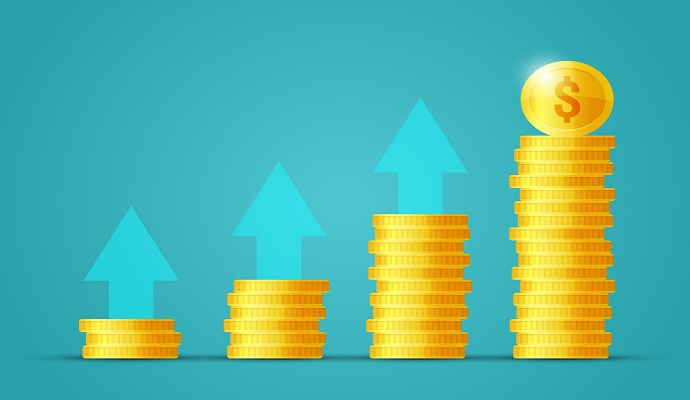Drug Price Hikes Undeterred Despite Legislative Proposals
Hundreds of drug prices have increased to begin the year against a backdrop of Congressional efforts to curb spending on prescription drugs.

Source: Getty Images
- Drug prices increased for 686 drug products during the first few weeks of 2020, the latest data from the Centers for Medicare and Medicaid Services shows, signaling it’s business as usual for industry.
On Tuesday, CMS updated its National Average Drug Acquisition Cost (NADAC) data and the GoodRx team posted its analysis of 491 drugs. The prices on 491 drugs increased by an average of 5.2 percent, startup GoodRx reports. Lawmakers, meanwhile, continue banging their heads against the brick wall that the fight against soaring drug prices has come to. The 116th Congress introduced more bills that look to address drug prices than the past two Congresses.
CMS, which began showing year-over-year drug pricing data in 2018 to increase transparency over soaring drug prices, reports an increase for 686 drugs since Jan. 1, 2020, more than 200 of which increased by upwards of 5.0 percent. Neos Therapeutics’ Cotempla tops the list with the largest increase at 13.24 percent, followed by the prices of about 40 drug products that increased by 9.90 percent.
The issue with lack of transparency around manufacturers increasing their drug prices creates challenges around data reporting, with neither source being able to provide a complete picture.
GoodRx reports a 10.0-percent percent increase for Neoprofen, Cosmegen, Desoxyn and Nucynta. It also identifies at least some of those that increased by 9.90 percent (consistent with CMS’ latest data). These include Cambia, Inveltys, Nucynta ER, Xtampza ER and Quillivant XR, among others.
Out of the 3,568 drugs that the California-based start-up is tracking, 491 prices have increased this year so far. This includes the 485 out of 2,555 brand drugs that have increased by an average of 5.2 percent and six out of 1,013 generic drugs that increased by an average of 8.7 percent.
Valium (diazepam), Creon and Humira, and Cosentyx top the list of the most commonly prescribed drugs with the largest price hikes at 7.8 percent, 7.4 percent, 7.0 percent, respectively. Eliquis, Jardiance, Qvar, Spiriva, Tecfidera, and Tradjenta increased by 6.0 percent, Gilenya by 5.5 percent, and Armour Thyroid, Bystolic, Chantix, Lo Loestrin FE, Premarin, Viibryd, and Vyvanse by 5.0 percent.
Others include Janumet and Januvia at 4.9 percent, Truvada at 4.8 percent, and Breo Ellipta, Bydureon, Farxiga, Flovent, and Symbicort at 3.0 percent, according to GoodRx. More price hikes are expected.
The graphic below depicts the spike in drug price policy proposals seen last year. Per GovTrack.us, at least 67 bills from 2019 address drug prices or drug costs to some extent. This amounts to an increase of 131 percent from the 2018 total of 29 bills and a 179 percent spike versus 2017.
Several bills introduced in past Congresses, however, continue to be carried over as lawmakers struggle to find common ground with industry on a path forward that controls drug costs without compromising innovation in research and development. The nonprofit Information Technology and Innovation Foundation issued a report last September that highlights academic research indicating the presence of a “strong casual link” between current drug prices and current drug revenues, as well as between current drug prices and future drug development and discovery.
ITIF notes that “the link between cash flow and research is due to the fact that internally generated funds, which are often the result of higher profits, cost less than either borrowed funds or new equity, and therefore lower the required rate of return for new research at the margin.” It identifies potential policy solutions that safeguard net revenues from the sale of existing drugs. “Congress and the FDA should continue to improve and streamline, wherever possible, the drug approval process, keeping in place existing safety and efficacy standards.”
Prices increase each year, with last year having seen similar increases during the same time period. The 5.2 percent average for brand drugs was the same in 2019 for 486 brand drugs but down from 580 brand drugs that increased by an average of 8.0 percent in January 2018, GoodRx reports.
Whether the growing body of drug-pricing proposals will take shape in 2020 remains to be seen. Some just passed the House, including H.R.3, the Elijah Cummings Lower Drug Costs Now Act.
